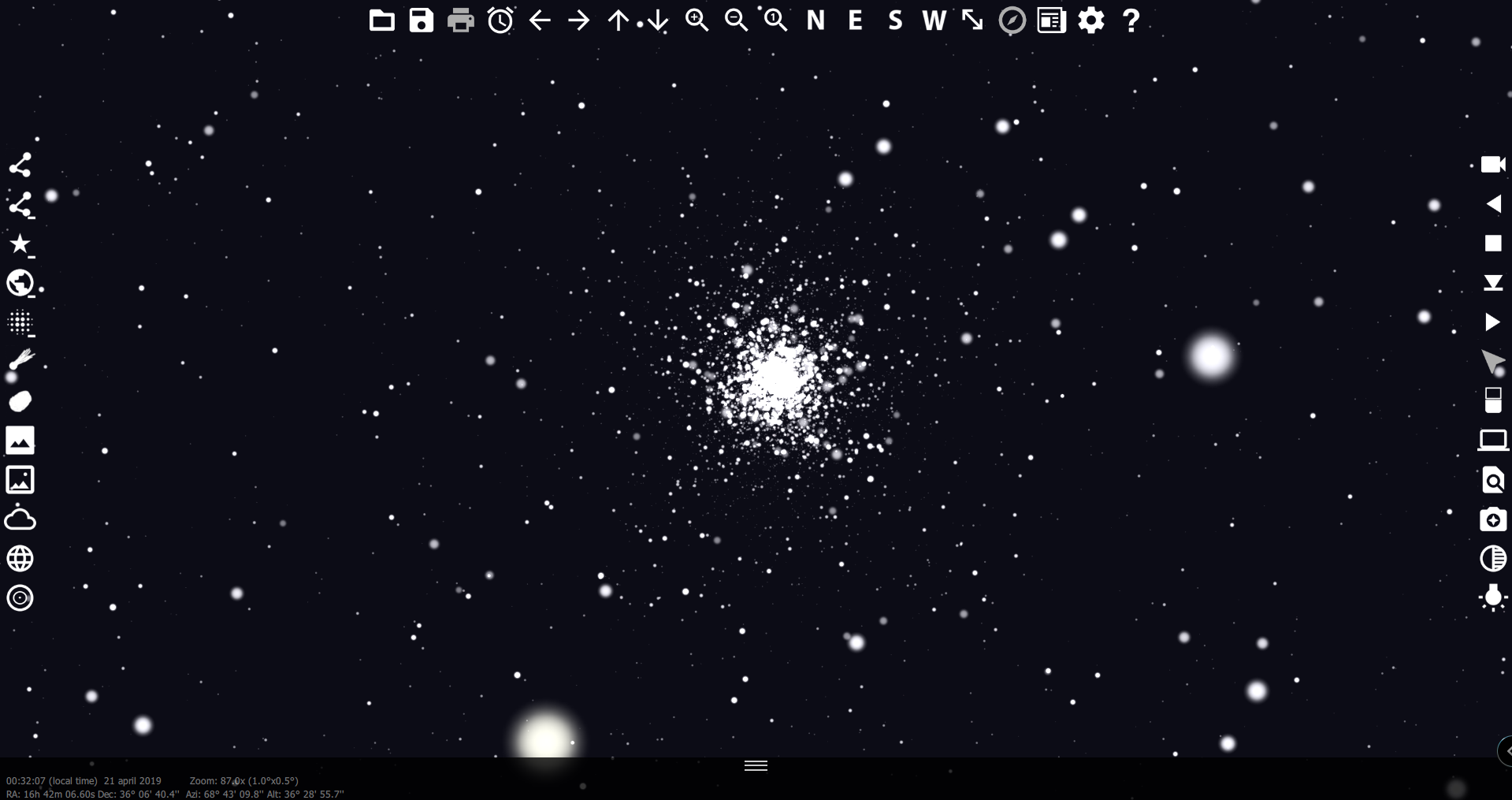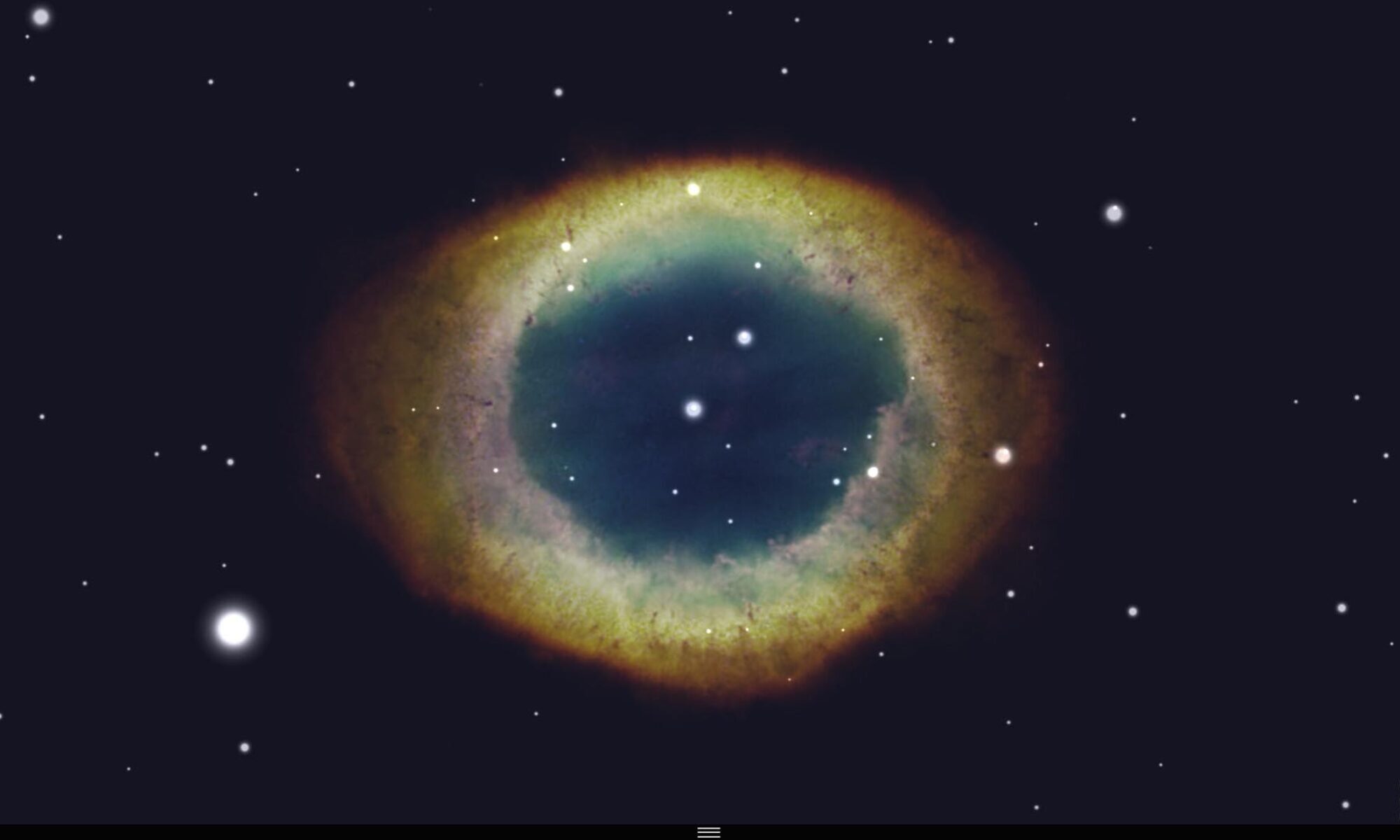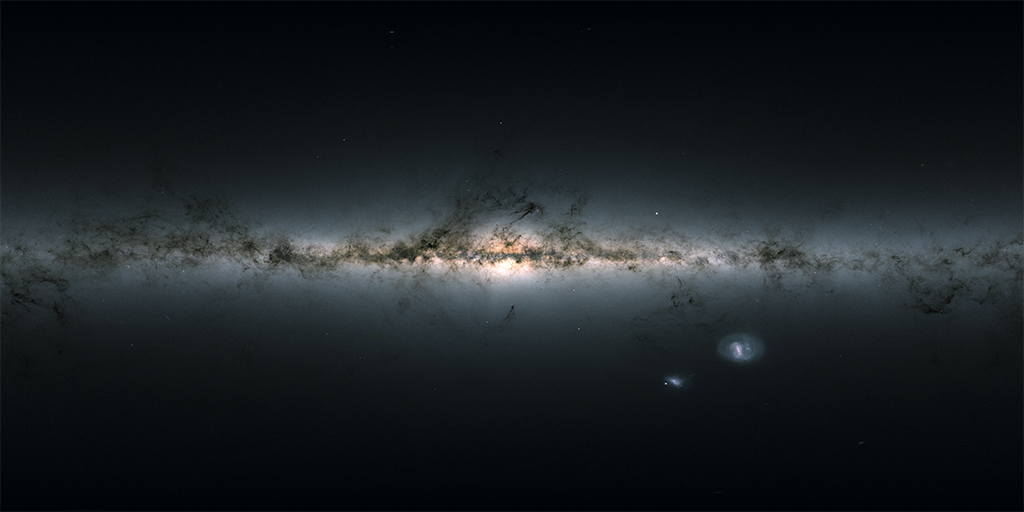After several weeks of effort, the second catalog of the Gaia mission has been successfully integrated into WinStars.
As a reminder, the Gaia mission aims to map a portion of the Milky Way (1%) in 3D by assessing the proper motion of the celestial bodies listed. This colossal task is carried out by a satellite positioned at the Lagrange 2 point, which performs 500 million measurements daily.
The previous catalogs, such as Sky2000, UCAC4, and I/280B, have been replaced to make way for the 1.7 billion stars featured in this second edition, published in April 2018, one year ago.
Since it is not reasonable to retrieve all of the data from DR2, WinStars only uses right ascension, declination, parallax, proper motion, and G magnitude for objects with a magnitude lower than 13. Beyond this limit, the program only retrieves hourly coordinates and magnitude.
A version 3 in 2022
The Gaia mission’s measurement campaign continues, and a version 3 of the catalog is expected in 2022 with increased data accuracy.
We are only at the beginning of the mission. In the long run, the entire structure of our galaxy, its dynamics, and evolution will be better understood through the analysis of this vast amount of information.
Scientific data freely accessible thanks to the CDS
I would like to conclude by acknowledging the work of the Centre de Données de Strasbourg, a true virtual memory of the sky, which makes available to everyone the data collected by the largest observatories and collaborations like Gaia. This is how measurements from a satellite located two million kilometers from Earth can be found in WinStars just a few months later.

To learn more:





